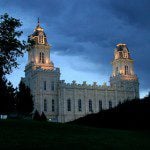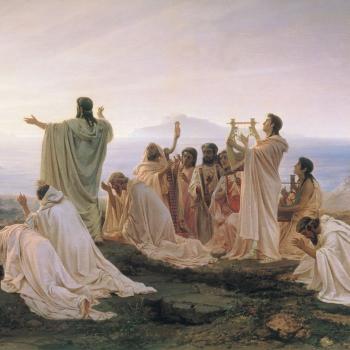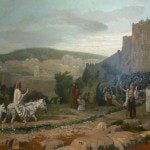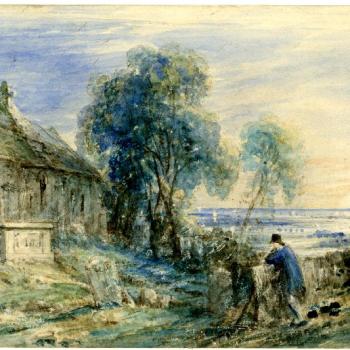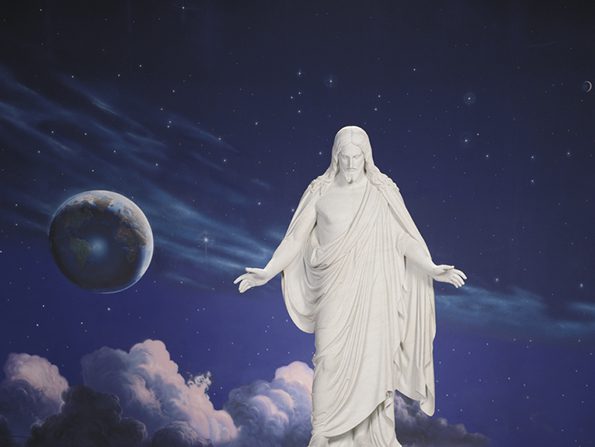
I continue with my reading of Andrew Loke, Investigating the Resurrection of Jesus Christ: A New Transdisciplinary Approach (Routledge, 2020). Dr. Loke, a native of Singapore who is currently an Associate Professor at Hong Kong Baptist University, was a practicing physician before he returned to school first in the United States and then in the United Kingdom, where he earned a doctorate in philosophy and theology at King’s College London.
Here is an interesting chain of logic from his second chapter that I find clarifying and, therefore, useful. Please note that the word or is taken in the exclusive sense of “either one or the other, but not both”:
(2.2.1) Either (2.2.1.1) or (2.2.1.2) is true:
(2.2.1.1) Those who claimed to have witnessed the resurrected Jesus in mid-first-century Palestine were not willing to suffer for their religion.
(2.2.1.2) At least some (if not all) of those who claimed to have witnessed the resurrected Jesus were willing to suffer for their religion, in which case either (2.2.2.1) or (2.2.2.2) is true:
(2.2.2.1) They did not have any reasons for it.
(2.2.2.2) At least some (if not all) of them had reasons for it, in which case either (2.2..3.1) or (2.2.3.2) is true:
(2.2.3.1) They did not believe that Jesus resurrected and had other reasons for why they claimed to have seen the resurrected Jesus.
(2.2.3.2) At least some (if not all) of them believed that Jesus resurrected, in which case either (2.2.4.1) or (2.2.4.2) is true:
(2.2.4.1) They believed that Jesus resurrected not because they had witnessed something which they thought was Jesus — they did not have such an experience, but they claimed that they had such an experience.
(2.2.4.2). At least some (if not all) of them had witnessed something which they thought was Jesus. [pages 68-69]
Again, I invite readers to comment if they see a substantial omission or an error in the logic chain above.
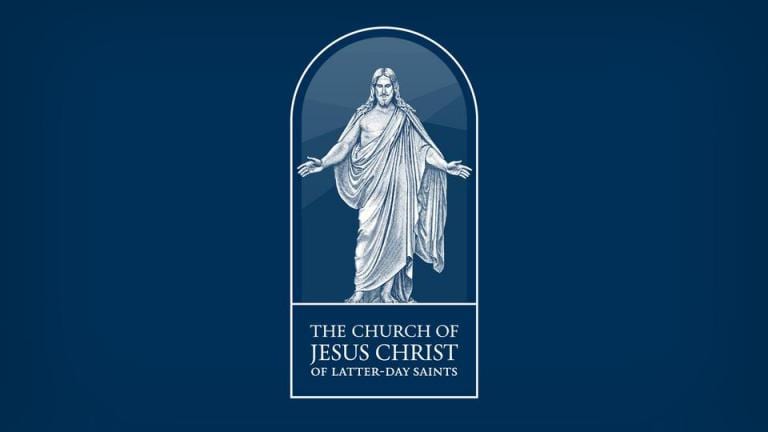
My wife and I have finally undertaken to watch The Chosen, possibly as the last people in English-speaking North America to have done so. People have asked me repeatedly what I think of it, and it’s probably about time that I have something to say in response other than “I haven’t seen it yet.” We’ve watched the first six episodes thus far, which means that we’re seventy-five percent of the way through the first season. There have been a few aspects of the series where I’ve thought “I wouldn’t have done it that way,” but I’ve had no major objections up to this point. Except for the portrayal of Mary Magdalene as having been a prostitute. That I regard as a late-antique slander. However, it’s a widespread idea, and it makes for a fairly good partly-fictonalized characterization. In order to make such a mini-series from the relatively slender material in the New Testament gospels, the scriptwriters necessarily must create backstories and flesh personalities out. There is, of course, nothing in the four gospels suggesting that Matthew was socially awkward and apparently autistic, nothing about Simon Peter’s wife or the specifics of his adventures as a Galilean fisherman. But they make for a good, human story — so long as viewers don’t take them as, well, gospel.
I like the depiction of Jesus in The Chosen. I like the depiction because, unlike so many other cinematic portrayals of Jesus, he seems like a real human being. He laughs, makes small talk, is genuinely good with children. He’s fun and approachable. I feel strongly that the mortal Jesus must have been personable, approachable, noticeably kind. Do I think that he really looked like Jonathan Roumie? No. And yet, meaning no disrespect whatever to Mr. Roumie, I think it’s perfectly appropriate and right that the Jesus of The Chosen is, well, ordinary looking. After all, Judas Iscariot was obliged to point him out in the Garden of Gethsemane by kissing him on the cheek, which suggests that Jesus didn’t glow, didn’t typically walk about four inches off the ground, and wasn’t unusual in his appearance. In the words of the hymn:
When Jesus, the Anointed,
Descended from above
And gave himself a ransom
To win our souls with love—
With no apparent beauty,
That man should him desire—
He was the promised Savior,
To purify with fire.
How infinite that wisdom,
The plan of holiness,
That made salvation perfect
And veiled the Lord in flesh,
To walk upon his footstool
And be like man, almost,
In his exalted station,
And die, or all was lost.
And, of course, the lyrics to that well-known sacrament hymn — which were written by William W. Phelps (1792-1872), set to music by Felix Mendelssohn (1809-1847), and included in the very first Latter-day Saint hymnal –were based upon the prophet Isaiah’s famous “Suffering Servant” poem:
For he shall grow up before him as a tender plant, and as a root out of a dry ground: he hath no form nor comeliness; and when we shall see him, there is no beauty that we should desire him.
He is despised and rejected of men; a man of sorrows, and acquainted with grief: and we hid as it were our faces from him; he was despised, and we esteemed him not.
Surely he hath borne our griefs, and carried our sorrows: yet we did esteem him stricken, smitten of God, and afflicted.
But he was wounded for our transgressions, he was bruised for our iniquities: the chastisement of our peace was upon him; and with his stripes we are healed. (Isaiah 53:2-5)
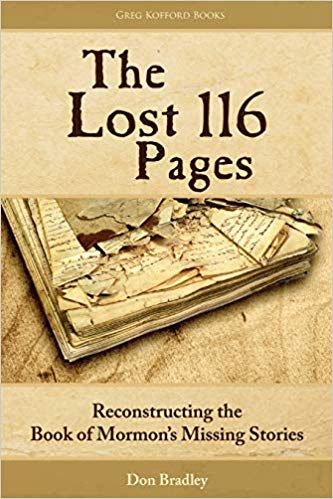
I enjoyed a lunch today down at Magleby’s in Springville with Don Bradley, who definitely ranks as one of the most consistently interesting historians of the Restoration currently active. (My monitors over at the Peterson Obsession Board can now report that this blog entry is about food, which is the only rival to my other principal blog theme: dishonest personal smears of people who don’t share my religious views.) Among other things, we talked about two of his recent research concentrations, both of which deal with topics in which I have personally taken an intense interest. I’m excited to see them develop and, eventually, go public.




